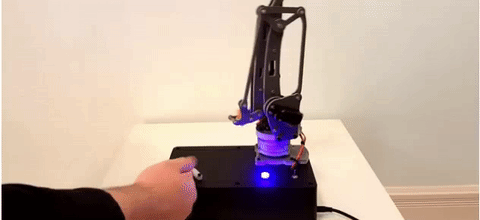VALKYRIE NASA’s First Bipedal Humanoid Robot
- GaneshMartin (Hosur)
- Jan 19, 2019
- 1 min read
NASA’s Valkyrie was designed and built by the Johnson Space Center (JSC) Engineering Directorate to compete in the 2013 DARPA Robotics Challenge (DRC) Trials. Valkyrie, a name taken from Norse mythology, is designed to be a robust, rugged, entirely electric humanoid robot capable of operating in degraded or damaged human-engineered environments. Building on prior experience from designing Robonaut 2, the JSC Valkyrie team designed and built this robot within a 15 month period, implementing improved electronics, actuators and sensing capability from earlier generations of JSC humanoid robots. Following the robot’s appearance at the 2013 DRC Trials, the Valkyrie team modified and improved the robot - modifying the hands to increase reliability and durability, redesigning the ankle to improve performance and upgrading sensors for increase perception capability. The Valkyrie team also partnered with the Florida Institute for Human and Machine Cognition (IHMC) to implement their walking algorithms on NASA hardware in preparation for the Space Robotics Challenge, part of NASA’s Game Changing Development Program and Centennial Challenges.
Specifications Weight: 300 pounds Computers: 2 x Intel Core i7 Height: 6 feet 2 inches Degrees of Freedom: 44







Comments